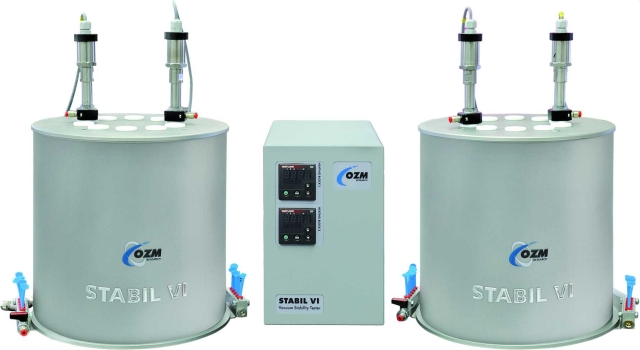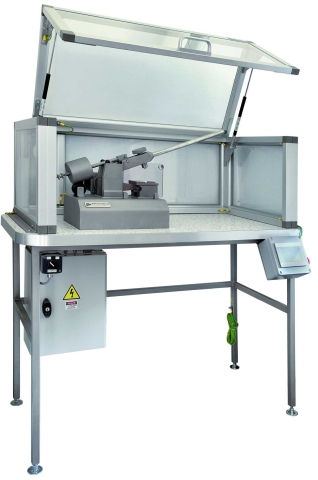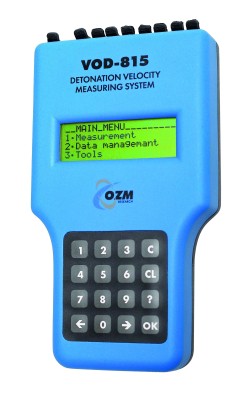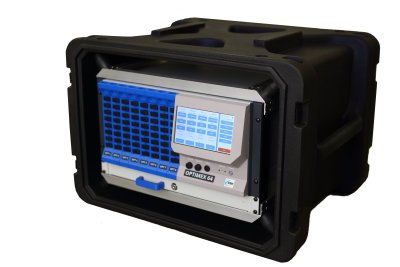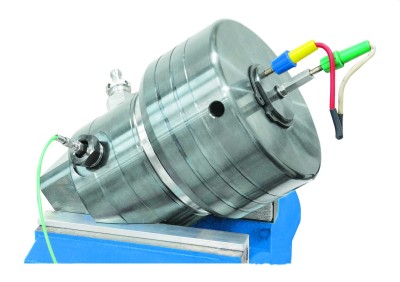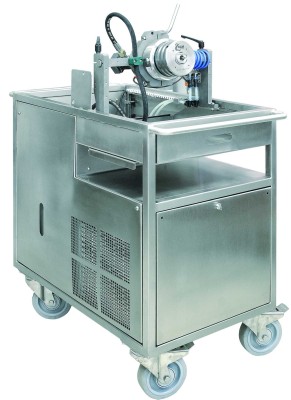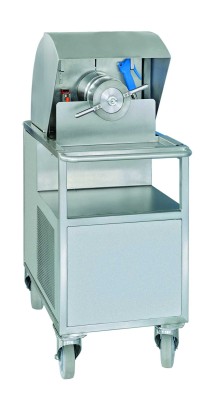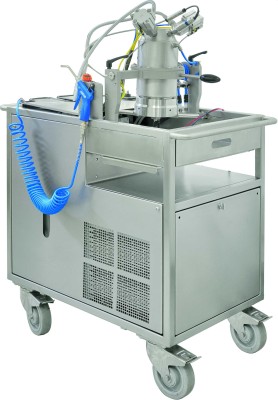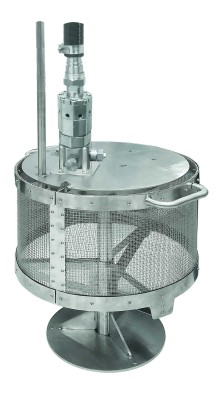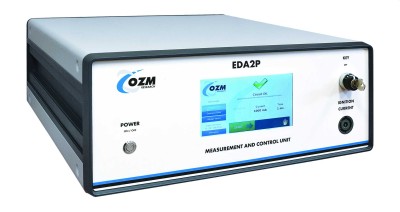Quality Control (QC) tests of Energetic Materials (EM) carried out during their manufacture or at the customer’s acceptance are mainly focused on testing eventual changes in selected stability, sensitivity or performance properties induced by manufacturing process irregularities. The selected tests shall be both fast and representative enough to be easily incorporated into the manufacturing process.
To assure chemical stability of the manufactured EM, the modern Vacuum Stability Test (STABIL VI) is widely used for high explosives, as well as for gun and rocket propellants, allowing several dozens of samples to be tested simultaneously with the very precise instrumentation. Simple classic heat stability tests, such as Abel Test, Methyl-Violet Test, Bergmann-Junk Test, Heat Storage Test or Holland Test are however still applied for this purpose as well at nitrocellulose propellants plants, mainly with respect to databases of historical results. Similarly, the AET 402 tester allows to automatically detect explosion (ignition) temperature of high explosives or pyrotechnics with up to 5 samples simultaneously. The DTA 552-Ex can also provide important details on the purity (melting point, phase transitions) and the stability (thermal decomposition onsets and peaks) of high explosives and pyrotechnics.
Selected sensitivity tests, such as friction (FSKM 10), impact (BFH Series) or electrostatic spark (XSPARK 10) can reveal the influences of grain parameters, mixing quality and contaminants in primary explosives, sensitive high explosives and pyrotechnic mixtures. MBP is a novel test method capable of revealing the excessive sensitivity of Emulsion Explosives which might lead to accidental explosions during their mixing or pumping.
Performance tests usually show the quality issues of EM with the highest reliability. Explosion heat determination (using DCA 25) is one of the most representative QC tests for all classes of EM. High explosive charges can then be tested by the determination of detonation velocity using VOD 815 or OPTIMEX 64
Closed Vessel Tests (TSV Series, RB Series) are the most widely used for testing quality of gun propellants and pyrotechnics.
The EDA analyzer alone or in combination with the closed vessels (TSV Series, RB Series) or rocket motor stands (LTRM, TRM50, RMM) allow for the precise characterization of performance parameters (safe/fire currents, ignition delay, pressure-time profiles, thrust-time profiles) of various electric initiators, Electro-Explosive Devices, Cartridge-Actuated Devices and Propellant-Actuated Devices.
